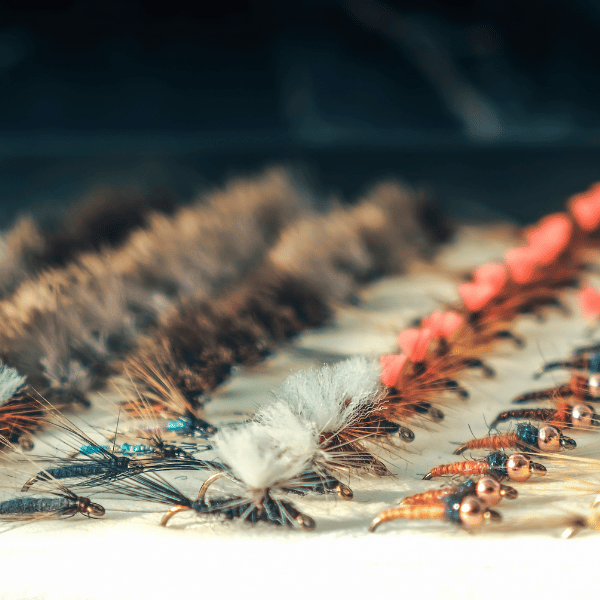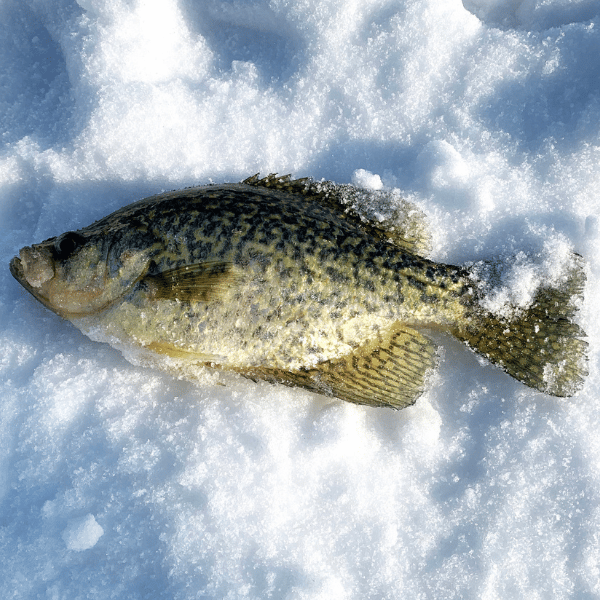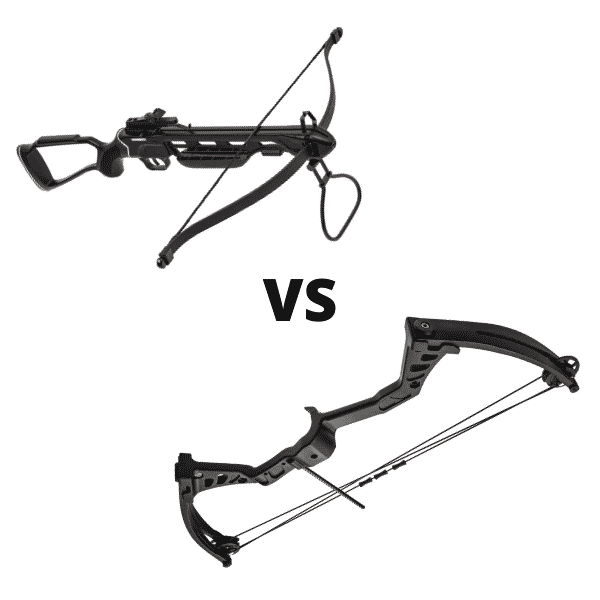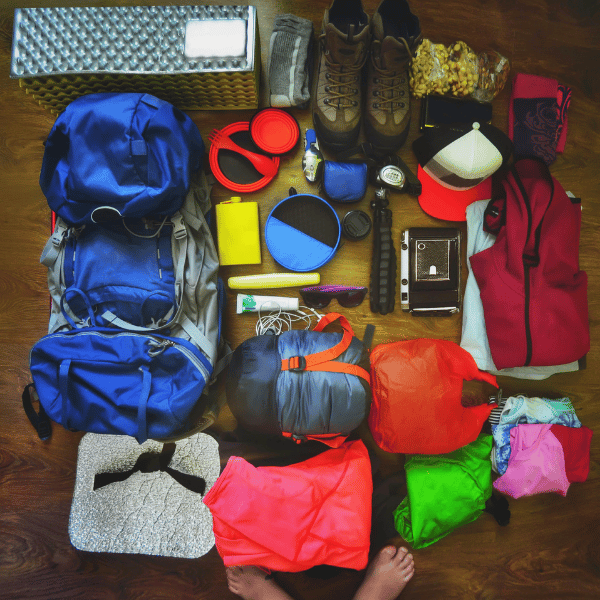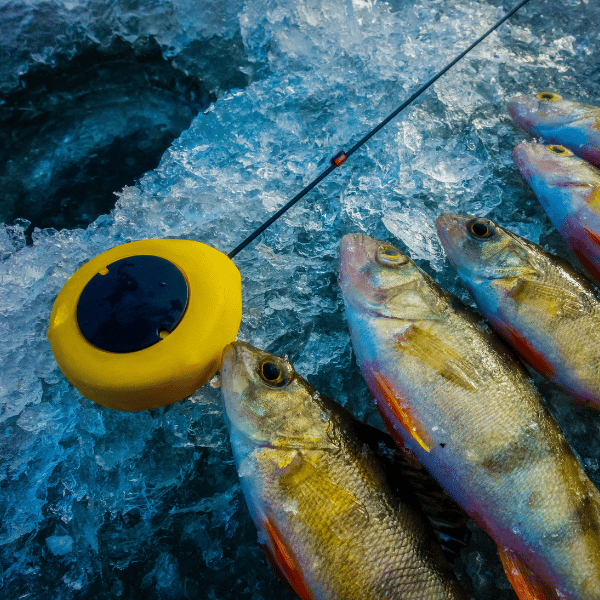Beginner Guide to Fly Fishing Nymph Rigs
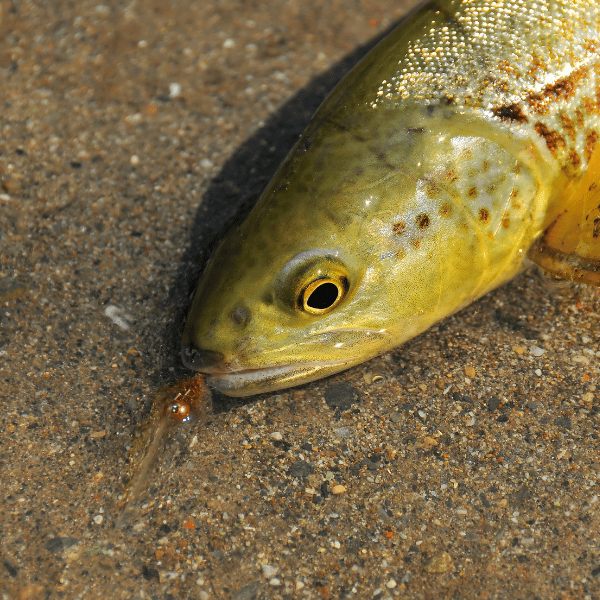
If you want to know how to become a master at fly fishing, you may want to learn about fly fishing nymph rigs.
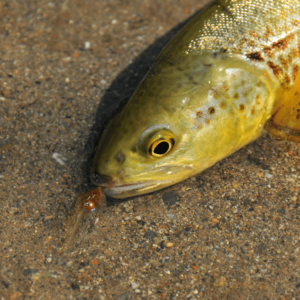
One of the most effective ways to ensure smooth and weightless angler floating is nymphing. Using a nymph rig at first can be complicated, especially when you are just starting out.
If you are interested in learning more about nymph fishing and the different types of rigs that are available to you, you have found the right place. Read further to learn everything you need to know about fly fishing nymph rigs.
Contents
What is a Nymph Rig?
A nymph rig utilizes a series of knots and hooks to maintain the proper slack resistance and spin on the angler. The two most important factors to consider when using a nymph rig is the leader and taper and getting the right design will be essential in your performance in different game settings.
Some nymphing involves constant brush and interference at certain depths. You will want to choose the proper design that ensures the correct placement of your angler in the water to attract certain fish that are looking for insects near the surface.
Alternatively, no fish is looking for big game near the surface, so some nymphing expeditions may require a nymph rig that drops your angler deep below the surface level for big game results. In short, the leader and tippet work together to provide your fly with a definite amount of space from the surface to imitate the “nymph,” or common types of fish and insects that your prey may be prone to nibbling on.
To set up a nymph rig that is effective for your fly-fishing terrain, you must achieve the right weight, leader, and tippet functions that will lure prospective game to take your bait. It is generally recommended to fish a leader that sits between 1 to 1 ½ times the water depth. Keep reading to learn more about different rig types.
The Drop Shot Nymph Rig
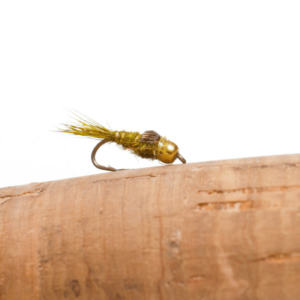
The drop shot is an effective nymph rig model that helps you reduce the likelihood of hooking into a snag and breaking a line.
Fishing equipment is expensive, and you do not want to risk having to throw away material without having a big game fish to make up for it. The Drop Shot technique is great for conventional smallmouth anglers, but it can also be applied to our topic today, nymph fishing.
The innovative design of a Drop Shot nymph rig utilizes a split shot that drops to the bottom of your leader to keep your flies free of harmful debris and tight snags. This method is best utilized in cold water conditions when trout are prone to staying in small circles and only moving when necessary.
How to Tie a Drop Shot Nymph Rig
Take a look at how to create a Drop Shot nymph rig below:
- Tie a stop knot at the end of the leader of your choice. We recommend using a triple surgeon’s loop.
- Cut off the loop just above the knot.
- Incorporate a spit shot onto your leader and slide it against your stop knot until it is tight. This is essential in creating the drop.
- Rig your fly 1 to 2 feet above the drop shot. Remember the rule of thumb disclosed earlier about depth usage, 1 to 1 ½ times the water in which you are fishing.
- Use a triple surgeon’s knot again to attach a tag end of light tippet to the leader of choice. The tag should be about 4 inches from the leader that you are using.
The Euro Nymph Rig
A Euro Nymph rig is best used when fishing dries in a mountain spring creek that may have shallow depths and potentially damaging debris. When using a Euro Nymph rig, you will want to use a long and light rod. You can balance the rig with a reel that is heavier than normal for increased performance.
If leaders and tapers are confusing, this may be one of the best nymph fishing rig systems that are available to you, as a Euro Nymph rig is easy to tie on for quick usage if using a pre-built Euro leader. If you want to ensure a strong line build and customized color nymph rigging, though, you may want to build one yourself.
How to Make a Euro Nymph Rig
When building a Euro Nymph rig, start with a heavy line and taper down to an 8 or 10-pound line. Once you are down to a smaller pound line, take a 3x fluorocarbon tippet and tie it on for a total length of about 13 to 14 feet. Use any bicolor sigher leader you want and try to match the colors of the nymphs in the geographical location in which you are fishing. Use a tippet ring to hang the tag ends that your flies will drift on, and you are set up with your own Euro Nymph rig.
The Czech Nymph Rig
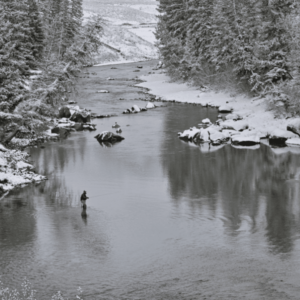
If you are trying to catch fish in moving water in the seams and pockets of a mountain run-off stream, you may want to consider using a Czech Nymph rig. Many fish hide in small pockets of slow-moving water underneath the raging surface and not many fish are looking for big game in tumultuous top stream conditions. A Czech Nymph rig is the perfect design to land your bait in the right places.
This innovative rig was created as a competition fly originally, so you know that this rig is nothing to play with. Czech Nymph rigs are tied on a dropper system that has a monofilament or fluorocarbon leader. As many as 3 flies can be tied to the rig, but if you are navigating tight corners and crevasses in fast-moving water, you may want to stick with 2.
How to Make a Czech Nymph Rig
To make a Czech Nymph rig, you must connect the leader indicator to the fluorocarbon leader, tie a surgeon’s knot 4 to 8 feet where your first nymph will sit, and create a leader lead that connects to the first tag end. Travel 20 inches to the next tag and attach the fly that has the most weight. If you are utilizing 3 anglers, use the third fly another 20 inches down the line, and this should be your lightest fly.
The Steel Head Nymph Rig
This is yet another simplistic design that only comprises a fly, a weight, a leader, and a tippet. The outer simplicity may hide the fact that this is a simple and effective choice that is great for newbies.
Most Steel Head Nymph rigs are weighted with a base-wrap or weighted head. They fly on this type of rig will sink naturally to the strike zone to catch your potential game fish. Mastering the weight of this mode is essential in the delivery of your fly to the strike zone, resists drifting that may cause snapping, and prevents unwanted, jerky motion from the fly line to ensure proper drift.
You will want a leader with a breaking strength of 15-20 pounds for this model. Alternatively, you may use a single-step leader if you are trying to break free from the traditional tapered leader.
The single-step leader is made with a single size of monofilament. You will be able to have a heavyweight fly that will naturally float in the mid-depth range while your lighter fly or bead will sink lower and aim for the small pockets of low running water.
The Double Nymph Rig
The fly at the end of your tippet is also known as the Point Fly. Many people only fly-fish with one lure, but it can be very beneficial to have a second fly or third fly, also known as droppers. Managing two flies is a great way to increase the likelihood of big game fish but managing 3 flies in tight spaces requires experience and a mastery understanding of nymphing.
There are three places that you can attach a dropper fly to your current nymph rig system, so check them out below:
- A dropper fly may be attached to the bend of the hook of the point fly for greater visibility.
- A dropper fly may be attached to the tag end of your leader ahead of the pointer fly for optimal depth range.
- A dropper fly may be attached to the tippet section tied to the eye of the point fly.
Along with selecting your nymph rig, make sure you know which flies and hooks to use for different fish. Check out the following guides for more information on the size of hooks and flies to use when fishing different fish.
- Beginner Guide to Fly Fishing Entomology (Insects & Flies)
- Fly Fishing Hook Size Guide for Trout, Bass, Carp, Redfish, & Salmon
Fly Fishing Nymph Rig FAQ
The process of weighing a nymph rig depends on personal preference and equipment. You can use tippets, leaders, and weighted flies to find the right weight for the location you are using the nymph rig in.
Add a split shot below or above your fly patter to add weight so your droppers will sink to the bottom faster and reach optimal feeding zones effectively. If you are able to add drops with the correct amount of tapering, you can make a fly pattern sink and attract fish without alarming them with excessive movement.
